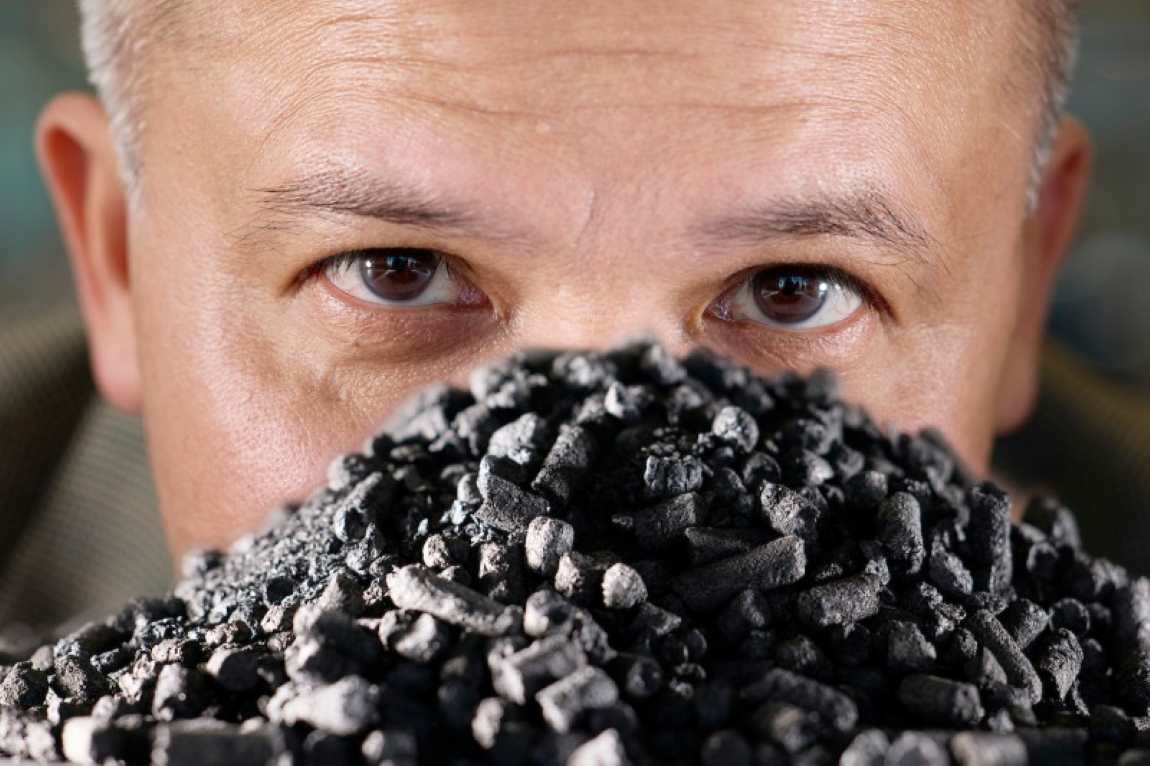“Can you imagine a day when you turn on your faucet and no water comes out?”
This chilling question, posed by researchers at the University of Nevada, Las Vegas (UNLV), describes a scenario known as ‘Day Zero’, when a city or region runs completely out of water. While it may sound like a scene from a dystopian movie, this potential reality is becoming more plausible in regions facing severe water shortages.
Erica Marti, an associate professor of civil and environmental engineering at UNLV, points to a stark example.
“A few years ago in Cape Town, South Africa they almost reached this point, where they were about to tell their citizens that they simply had no more water to give them, even though we all know that water is necessary on a daily basis.” Cape Town narrowly avoided Day Zero by implementing drastic water-saving measures, but the specter of running out of water looms over many parts of the world.
In the American Southwest, the water crisis hasn’t reached this extreme yet, but according to Marti, the situation is becoming increasingly precarious. Recent cuts to Nevada’s water allocation from Lake Mead, the main water source for the region, are a sign that action is needed to avoid the unthinkable. A team of researchers, including Marti, is working on innovative solutions to address water scarcity before Day Zero becomes a reality.
One of the team’s most promising – albeit unconventional – ideas involves reusing wastewater.
“We often think of wastewater as something to get rid of,” Marti explains, “but instead, it should be viewed as a resource. We have the ability to treat it to be able to use it for things like watering our crops, or the ability to be able to drink it again.”
This idea, often referred to as “toilet-to-tap”, is not new, but it does come with a significant public perception hurdle – what researchers call the “yuck factor”.
The UNLV project, led by Professor Eakalak Khan, aims to develop sustainable wastewater reuse technologies, especially for rural areas in arid regions of the U.S. and China. The $450,000 project, funded by the Cyrus Tang Foundation, focuses on using solar-powered processes to treat wastewater. The goal is to create affordable systems for communities without access to advanced water treatment infrastructure, making them less dependent on dwindling natural water supplies.
In areas like rural Nevada or remote parts of China, water scarcity is a serious issue, Khan says. But these regions also have an abundance of natural resources, like sunlight and agricultural waste. The team’s goal is to develop a device that can harness these resources to provide a continuous, easy-to-maintain, and cost-effective source of clean water.
A key part of the technology is biochar, a charcoal-like substance made from biological waste, such as wheat straw and rice husks, which can effectively remove contaminants from water.

The team hopes to have a working prototype of a device (that harvests the abundant resources at the household level to provide a continuous, easy-to-maintain, and cost-effective source of clean water) within a year, which will be tested in communities like Cal-Nev-Ari, a small town in southern Nevada. Cal-Nev-Ari currently relies on a single groundwater well for its water supply, making it vulnerable to future shortages.
“Instead of having to use electricity, we have solar power as our source of energy to perform the filtration, clean the water at the maximum level, and pump it into your home,” Khan explains. “Instead of buying expensive materials – synthetic media – we’re relying on biomass and sustainable technologies.”
The team’s work is particularly important for communities like Cal-Nev-Ari, but the implications of their research extend to urban areas as well. Cities such as Los Angeles have already set ambitious goals for wastewater reuse, aiming to recycle 100% of their wastewater by 2035. As water supplies continue to dwindle in the Southwest, cities like Las Vegas may soon be forced to follow suit.
As Edwin Oh, a professor at UNLV’s Kirk Kerkorian School of Medicine, points out, the “yuck factor” is largely a matter of perception. “Many of us are already drinking wastewater that is cleaned at the treatment plants and then it’s deposited at Lake Mead where it’s further diluted out by the Colorado River,” Oh explains. “It then gets treated and piped out back to us. But as Lake Mead starts to get lower and lower and lower, the portion that comes back to us is a higher percentage of treated wastewater.”
Oh believes that as water scarcity worsens, public resistance to wastewater reuse will diminish.
“When people have alternatives, they will say, ‘No, of course, I’m not drinking treated wastewater.’ But no matter if we like it or not, wastewater reuse is going to happen. Southern Nevada is going to have to take a more serious look at this approach because, eventually, Lake Mead is going to dry up. It’s just a matter of time.”
For now, the UNLV team is focusing on their prototype, which will be installed in Cal-Nev-Ari as part of a pilot project. “That’s what this whole project is about – it’s about serving rural communities,” Khan says. “The community is desperately in need of water. They’ve seen our proposed treatment schemes and were very excited that we were there to help. Everyone should have access to clean water.”
While the idea of drinking treated wastewater may still elicit discomfort, the growing threat of Day Zero could soon make it a reality that many communities will have no choice but to embrace. As water resources become scarcer, innovative solutions like the ones being developed at UNLV could prove crucial in ensuring a sustainable water supply for the future.
Article Source:
Press Release/Material by University of Nevada, Las Vegas (UNLV)
Featured image: UNLV civil and environmental engineering professor Eakalak Khan with the key feature of the project’s device, biochar. Credit: Josh Hawkins | UNLV




